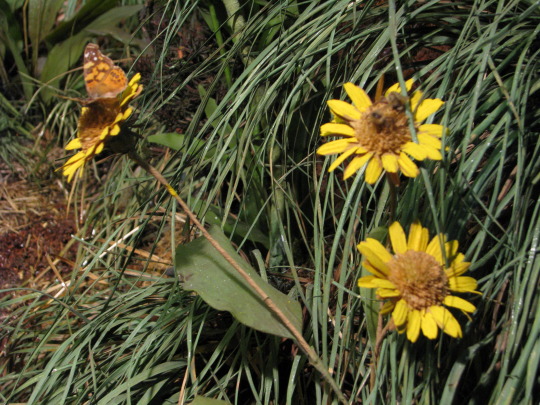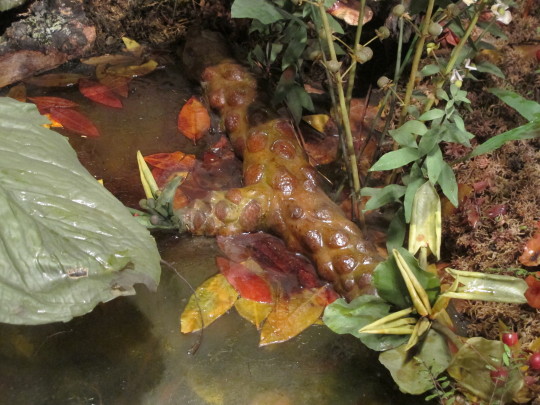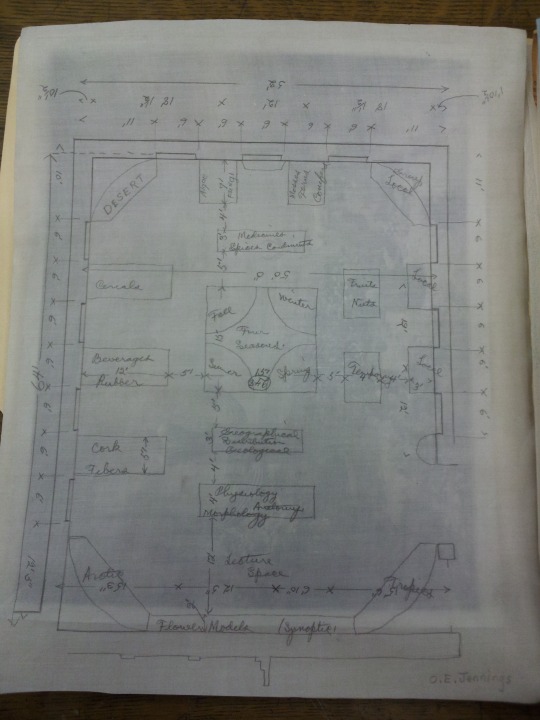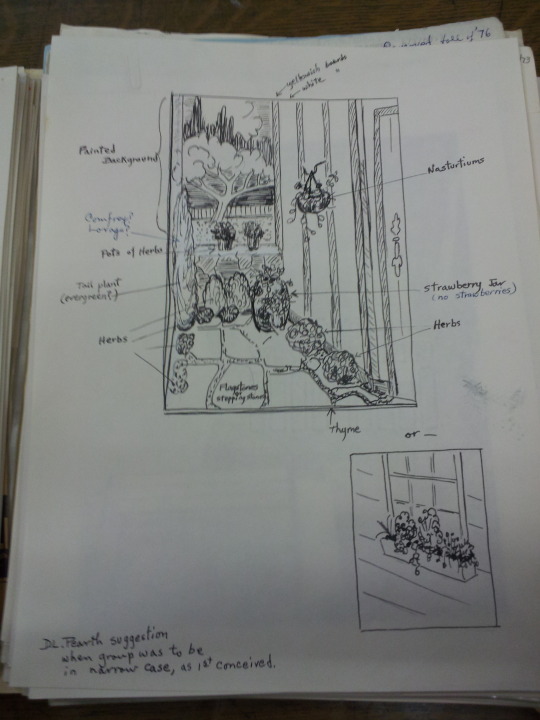

by Aisling Quigley and Colleen O’Reilly, University of Pittsburgh
What is the role of crafted objects in the exchange of scientific knowledge? How might we describe the authority of scientific displays without obscuring their culturally-specific artistic origins? How can natural history museums make the histories of objects in their collection visible to viewers? Can digital infrastructures offer new solutions?
As part of our graduate work at the University of Pittsburgh, we are creating an online exhibition that explores these issues in relation to the Carnegie Museum of Natural History’s Botany Hall, bringing it into contact with objects from other institutions, and positioning it as a focal point for interdisciplinary expert knowledge.
Botany Hall is situated in a corner of the second floor of the Carnegie Museum of Natural History, accessible through the Hall of North American Wildlife. Inside, seven window dioramas dating from the 1930s through the 1970s depict seven different biomes of the United States.
In each, a richly painted curved wall supports a highly detailed three-dimensional scene, in which every individual leaf, stem, insect wing, and bit of moss is hand-crafted and botanically accurate. This form of art and scientific display has a long history, and involves specific visual strategies that create an immersive experience for viewers. The backgrounds extend beyond the window frames, allowing the viewer the impression they are looking into another fully articulated world.
The artists paid special attention to the places where the two-dimensional meets the three-dimensional, and employed certain visual devices to make a seamless transition and enhance illusion, such as carefully placed plants or rocks, play with light and shadow, and the repetition of specimens. The exhibition team designed these dioramas based on a complex network of intersecting criteria.
They prioritized fidelity to what would be found in nature, the creation of a complete and representative picture of a particular biome, and the presentation of a harmonious aesthetic. The achieved effect speaks to a yearning for a version of nature that can be harnessed and dominated by human eyes and hands. Each
diorama was conceived as a unified whole, in which all parts work together, both aesthetically and as a natural environment.
Our exhibition will be a research project on Botany Hall itself and will also represent a new way for audiences to learn about natural history museum display. Over the coming months we will be digging in archives, examining objects, conducting workshops, and seeking out collaborations.
Ultimately, visitors to our online space will be able to get various perspectives on Botany Hall, compare the dioramas with objects in other collections, and find out about their history. We will combine our backgrounds in art history and information science to explore how formal concerns intertwine with scientific ones and to look at creative ways of contextualizing the information contained within these objects.
We will explore the interdisciplinary goals that drive the creation of educational objects for natural history museums, and the implications of the material presence of these objects in museum collections over time.


